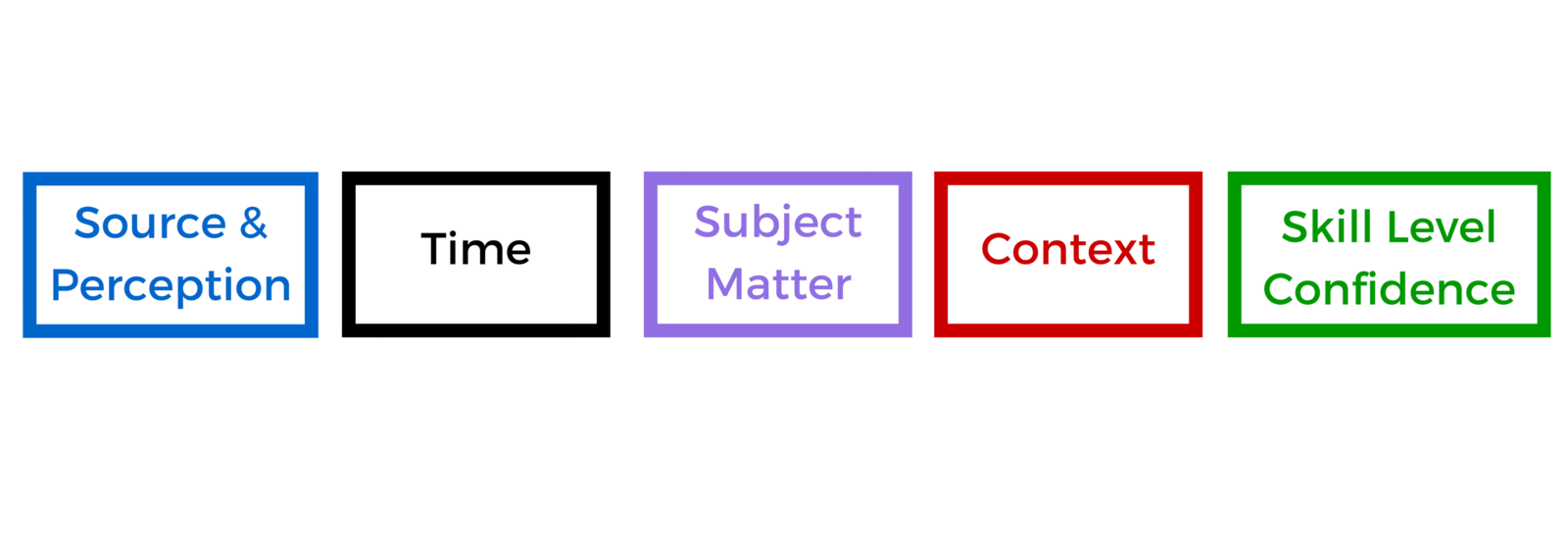
analytics belong to every process at your company. Your salesperson is data-driven, your manager is data-driven, your company is data-driven, and you are probably data-driven too. The problem is that when you hear the word data and see a spreadsheet or chart, you feel constrained. The amount of information you have in hands is overwhelming, and you are either not sure whether you made the right decisions, or whether you addressed this information correctly to your audience.
Data visualizations are being designed for multiple users with different data needs. In order to successfully deliver a compelling message and make better decisions, you need to understand how your audience experiences data, and where your data is coming from. Here is where data visualization takes place.
What is data visualization?
Learning how to read data through a visual representation and how to create visualization correctly so that people can understand a dataset easier.
Data visualizations should be designed for multiple users with different data needs. In order to successfully deliver a compelling message and make better decisions, you need to understand how your audience experiences data, and where your data is coming from.
The case study
Researchers:
Andy Kirk, Visualisingdata.com Freelance Data Visualization Specialist & Design Consultant
Helen Kennedy, Professor of Digital Society at the University of Sheffield
Jeremy Boy, PhD New York University Engineering & Graphic Designer
These three digital visualizations researchers were interested in seeing how non-data experts engage with visualizations. Ten focus groups with just under 50 participants were selected to see visuals including a range of chart types with different degrees of interactivity, original source or location, subject matter, etc, whether it was online or in print form. They were asked to record what they saw, how they felt and what they learned. This information was recorded in a 2x2 grid to capture their likes, dislikes, experiences, and the degree of learning. The sample of participants came from very distinct backgrounds to tease out biases.
This study was purely qualitative and its goal was to give people a chance to respond in any way they wanted.
What factors affect the data visualization consumption and engagement process?

1.Source and Perception: If the visualization comes from someone’s trusted media, they are more likely to believe in it. The research suggested that the audience not only liked data that confirmed their beliefs, but they also enjoy the experience of when their beliefs were challenged.
2.Time: Giving people enough time to look at visualizations can make a difference. Visualizations are still quite new for some people, thus it requires time and work to interact and analyze the information.
3.Subject Matter: If someone is not interested in the subject matter, they are unlikely to analyze the visualization and explore it.
4.Context: Is this the best way I can present my data?, ask yourself. Find the best and easiest medium for your audience to read information correctly. Be aware of unfamiliar visualization types. Your audience also needs to be able to see from what perspective the information is coming from.
5.Skill Level Confidence: People needed to feel confident in a range of skilled areas including math, language, and critical thinking skills. These factors bring up the question of what constitutes visualization literacy? The participants brought up the issue of how word framing, computer skills, and statistical skills could contribute to learn what information is being left out and what is being prioritized.
How did the participants process the information?
The researchers assessed if people could extract information from these visuals and feel confident in doing it. They did not test for comprehension, but for thinking and behavioral patterns.
Some of the participants enjoyed the challenge of breaking down an unusual data set. Some struggled to understand the simplest charts like a pie chart or bar chart.
Others that were unfamiliar with certain graphics were given annotations and assistance to understand the information. However, they were still confused. Eventually, people felt way more confident to extract data when they were given enough time to analyze these charts. The aesthetics of the visuals also influenced people’s reactions and visually oriented people felt more comfortable and decided to invest more time.
Challenges of Designing Visualizations
How do people currently respond to data visualization and what does this mean for your presentation’s effectiveness?
With your current visuals, at least half of your audience pretends to understand what is going on with your data, but still do not quite get it, and it makes sense. It is a real challenge to design for a diverse audience. They are familiar with what you do, but there are huge interpersonal differences on how they perceive visualizations. What you perceive as intuitive can differ from what your peers feel.
Data and numbers can inspire fear and anxiety among your audience and this is the first thing they see. They don’t start reading all the instructions and titles. It’s very boring to tell people to read.
The Role of Emotions
“Emotions played a really big part in people’s responses to visualizations. They had emotional responses to all of the things mentioned previously, to the subject matter, the source or location, the visual elements, but the data itself, you know, “I can see from this visualization that knife crime in my area is going up and now I feel scared.”
After the focus group, some participants were selected to write their encounters and reactions after 5–6 weeks. They could not remember any of the numbers, but they could remember how big the statistic was.
In-Context Data Storytelling
As you are designing these visualizations and delivering your message, observe your audience in-context, specific to unique cultures and environments in advance. Demonstrate deep user empathy in your approach by pushing specific feelings to your audience when you are trying to communicate with them. People remember the gist, message, and the feeling, not the numbers.
If you can find and understand the root cause of their fears, you can turn data into a story that will stay with your audience, conveying exactly what you are trying to communicate and solve.
Hi! I am a robot. I just upvoted you! I found similar content that readers might be interested in:
https://silvialisam.com/data-visualization-people-remember-the-feeling-not-the-numbers-db0018dc9998
Downvoting a post can decrease pending rewards and make it less visible. Common reasons:
Submit
thanks man
Downvoting a post can decrease pending rewards and make it less visible. Common reasons:
Submit
Hi @umerbaig, nice share. I am a relatively new Steemian and just got started here. It would be great if you could take a minute to look at my latest post and click the follow button if my stuff interests you. Much appreciated.
Downvoting a post can decrease pending rewards and make it less visible. Common reasons:
Submit
Congratulations @umerbaig! You received a personal award!
You can view your badges on your Steem Board and compare to others on the Steem Ranking
Vote for @Steemitboard as a witness to get one more award and increased upvotes!
Downvoting a post can decrease pending rewards and make it less visible. Common reasons:
Submit